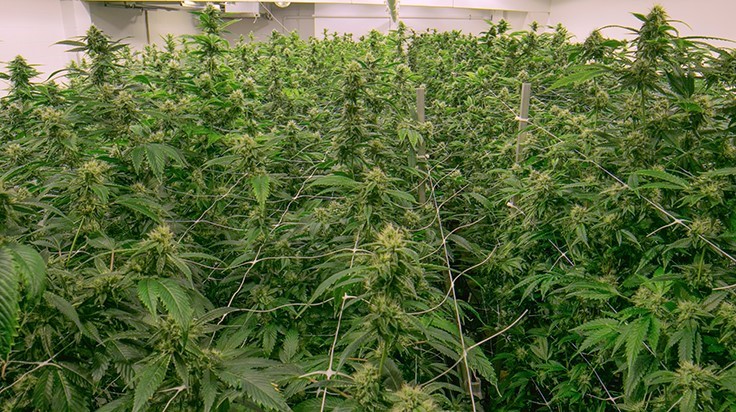Consider Cannabis Odor Control Solutions From the Start
Marijuana Industry News December 3, 2019 MJ Shareholders

There are many considerations tied to launching a cannabis cultivation business, and many times, odor control may seem like an afterthought. That is until neighbors begin to complain.
To build a strong relationship with your community, you should implement odor control solutions from the very start, says Brian McLaughlin, Industrial Division Director for OMI Industries, a provider of natural odor eliminating technology specific to the cannabis market.
“In most municipalities where they can grow cannabis, there are city or county ordinances that require odor control program approval before any permit approval,” McLaughlin says. “When companies apply for their permits, they have to put forth their plan—the facility and engineering layouts for it all. Their plan must include an odor control system: how it will work, the type of system it is and the science behind how it functions. And those have to be approved by the county, city council or a cannabis approval board.”
With odor control becoming standard in many application processes, cultivators need to take it seriously or risk citations for noncompliance, McLaughlin adds. “They risk fines for noncompliance with a city or county ordinance concerning odors in cannabis cultivation facilities, and from that, based on their ability to respond to those citations, they can be shut down.”
Providers of cannabis odor control solutions, such as OMI, can work with cultivators and their communities to help alleviate these issues. For example, OMI provides information to growers and local regulators on how the company’s cannabis-specific solution, Ecosorb CNB 100, functions and why it is safe for employees, plants and the surrounding community.
“Once an odor control system is in place, we can provide on-site odor monitoring and testing to show the breakdown of the odor from the greenhouse,” McLaughlin says. “We can verify the odor elimination with on-site odor testing.”
Odor control solutions should be implemented during the initial build-out of the cultivation facility, if possible, he adds. Otherwise, it can be more capital intensive to add technology to a completed facility.
“The community is usually a lot more accepting if you proactively manage odors, rather than trying to fix the issue once there’s already been an odor problem,” McLaughlin says.
If a cultivator does face public outcry over odors, the first step to resolving the issue should be transparency and sharing with the community the efforts that the business is taking to install odor control systems to alleviate the problem, McLaughlin says.
“That’s when our team at OMI can help. We can provide the information to the grower so they can, in turn, share it with their community and communicate what they’re doing to eliminate the odors. This communication includes data on odor reduction, the science and the safety of the product, details on how it works and how it’s been successful in other communities,” he says.
And aside from regulatory compliance and avoiding community conflict, odor control is also about being a good neighbor and business owner, McLaughlin adds. “Everyone is exposed to the air stream to some extent. As a business owner, ensuring that you’re keeping that air stream both odor- and chemical-free is paramount to being a respected member of your community and steward of the land your business operates on.”
MJ Shareholders
MJShareholders.com is the largest dedicated financial network and leading corporate communications firm serving the legal cannabis industry. Our network aims to connect public marijuana companies with these focused cannabis audiences across the US and Canada that are critical for growth: Short and long term cannabis investors Active funding sources Mainstream media Business leaders Cannabis consumers










